I am going to begin this review by asking you to imagine yourself sitting at home sitting through Netflix or HBOMax or whatever streaming service you prefer (it doesn’t really matter) and you stumble upon an animated movie. Unlike many of the animated movies being produced, this animated movie seems to have its own unique style. Rather than having 3-D animation, it was made with a 2-D animation style that almost makes it look like a moving painting. Having nothing better to watch, you decide to turn on this animated movie and, much to your surprise, you connect with it emotionally. You are immersed in the world and themes this movie presents and you walk away pondering the message of the film you just watched. This was my experience with Voyage.
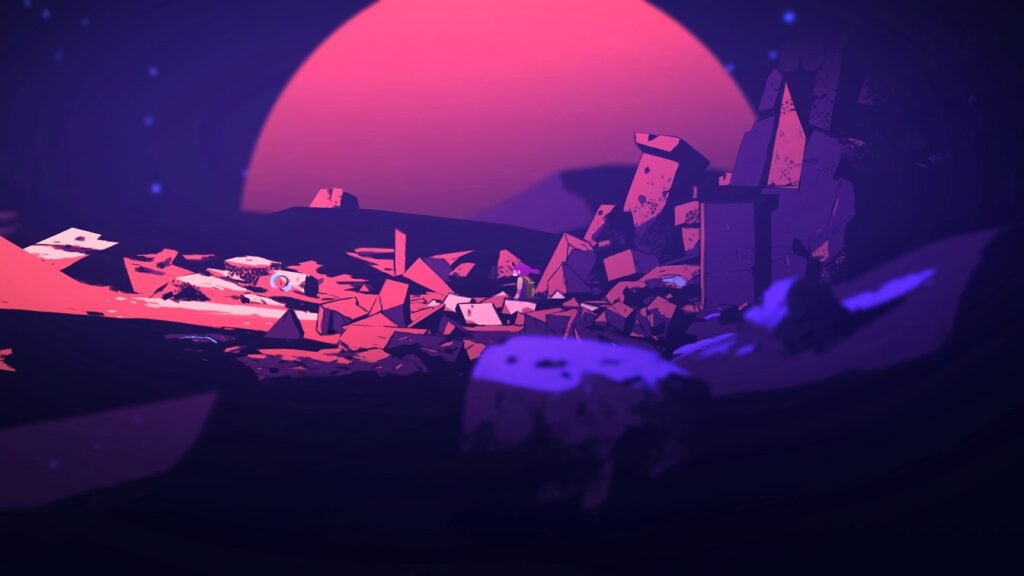
Developed by Ratalaika Games, Voyage puts the player in the shoes of two unnamed siblings as they find themselves on a strange alien world populated by what seem to be watery spirits. The player is then tasked with finding out the mysteries of this strange new world as well as getting the siblings off the planet. It’s a simple story, though it is given added complexity through the lack of dialogue. The game is silent, save for its score, leaving the player to both figure out what is happening and what kind of themes Voyage is trying to convey. This storytelling style might not be for everyone, but having played it to completion, I still find myself pondering what the game was trying to say through its world and narrative.
As for the world of Voyage, it’s simply beautiful. As mentioned in my analogy, the backgrounds and animations of the game are all hand-drawn. This results in all of the character animations looking incredibly smooth. The game’s environment’s look like a living, breathing painting of dense forests, grassy highlands, and vast deserts (among other biomes that I do not want to spoil in this review). The soundtrack helps add to the game’s immersion. The light piano and strings add a calming ambience to the various environments that often reacts to the actions you take. A soft piece of piano music will often accompany the solving of a puzzle. This helps make the game’s environment feel reactive to the actions of the player, which makes the game feel more alive in turn.
Speaking of gameplay, unfortunately that might be the weakest attribute of the game. Voyage is a puzzle game, but the puzzles are incredibly easy as they usually involve pushing or pulling an object in the environment to a certain place so that the players can move. There are certain puzzles that involve more complex manipulation of the environment, but those only happen twice in the game: once at its midpoint and once at its end. For the most part, its simple puzzles. On the one hand, I get why the gameplay is a little basic. Voyage’s focus is on its world and story first and foremost, and those aspects of the game are good. It makes sense to make the gameplay accessible enough so more people will pick it up and enjoy the narrative they wanted to tell. On the other hand, I do wish Voyage’s gameplay stimulated the mind as much as its other attributes.
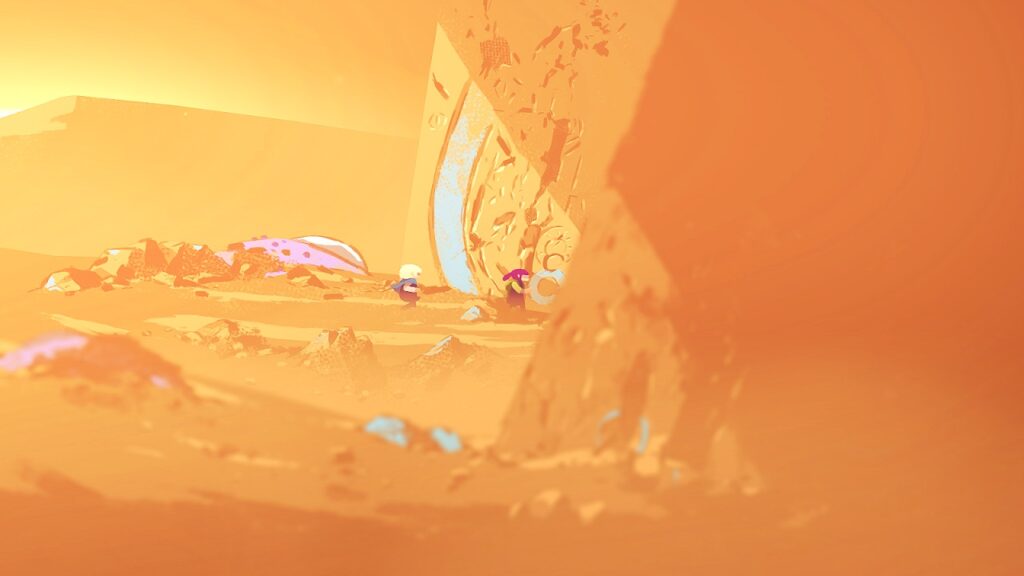
In the end, Voyage is still a fantastic piece of art. Its world and story are both beautiful and up to player interpretation, which helps its stick within my mind after finishing it. Yes, the actual gameplay is less complex than I would have liked, but I don’t think that really lessens the impact of the overall experience. Voyage is one of the more intimate games I have ever played as it asks players to immerse themselves and try to understand its world on a deep level, and for that I give it a 9/10.
For more information, visit: https://www.nintendo.com/store/products/voyage-switch/
Related: Reviews by Josh Freeman
I love games and love talking about games. Some of my favorites include action games (both 2D and 3D), metroidvanias, roguelikes, shooters, and Indies.

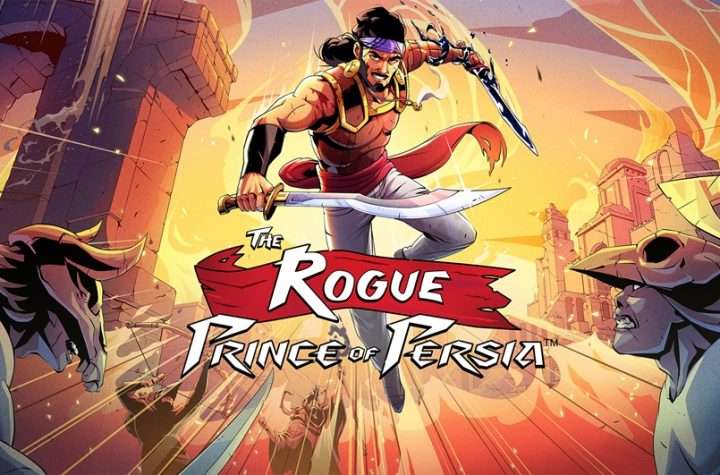
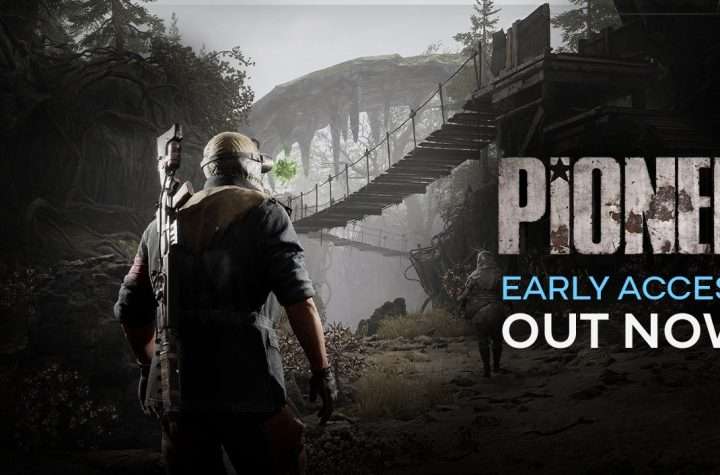
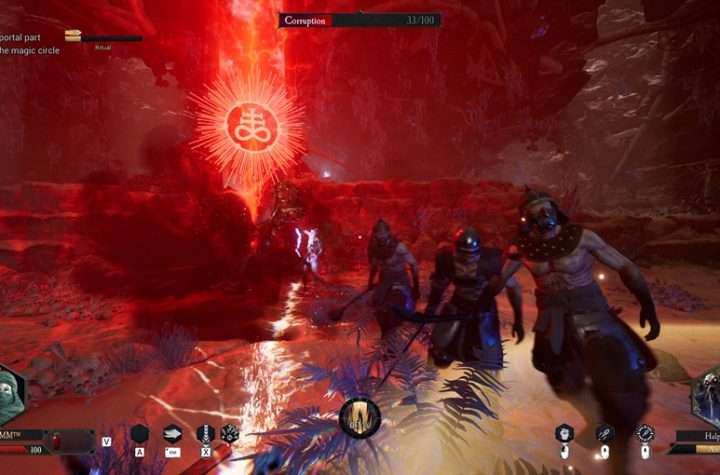
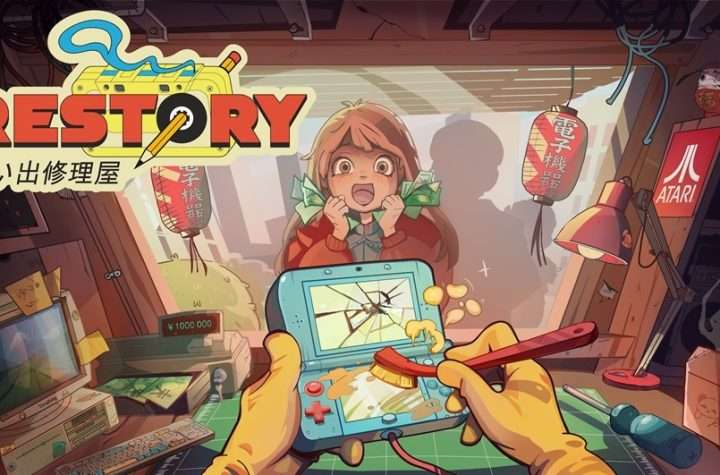
More Stories
Nintendo Download Update (December 18, 2025)
DAIMON BLADES Preview for Steam Early Access
ReStory Preview for Steam